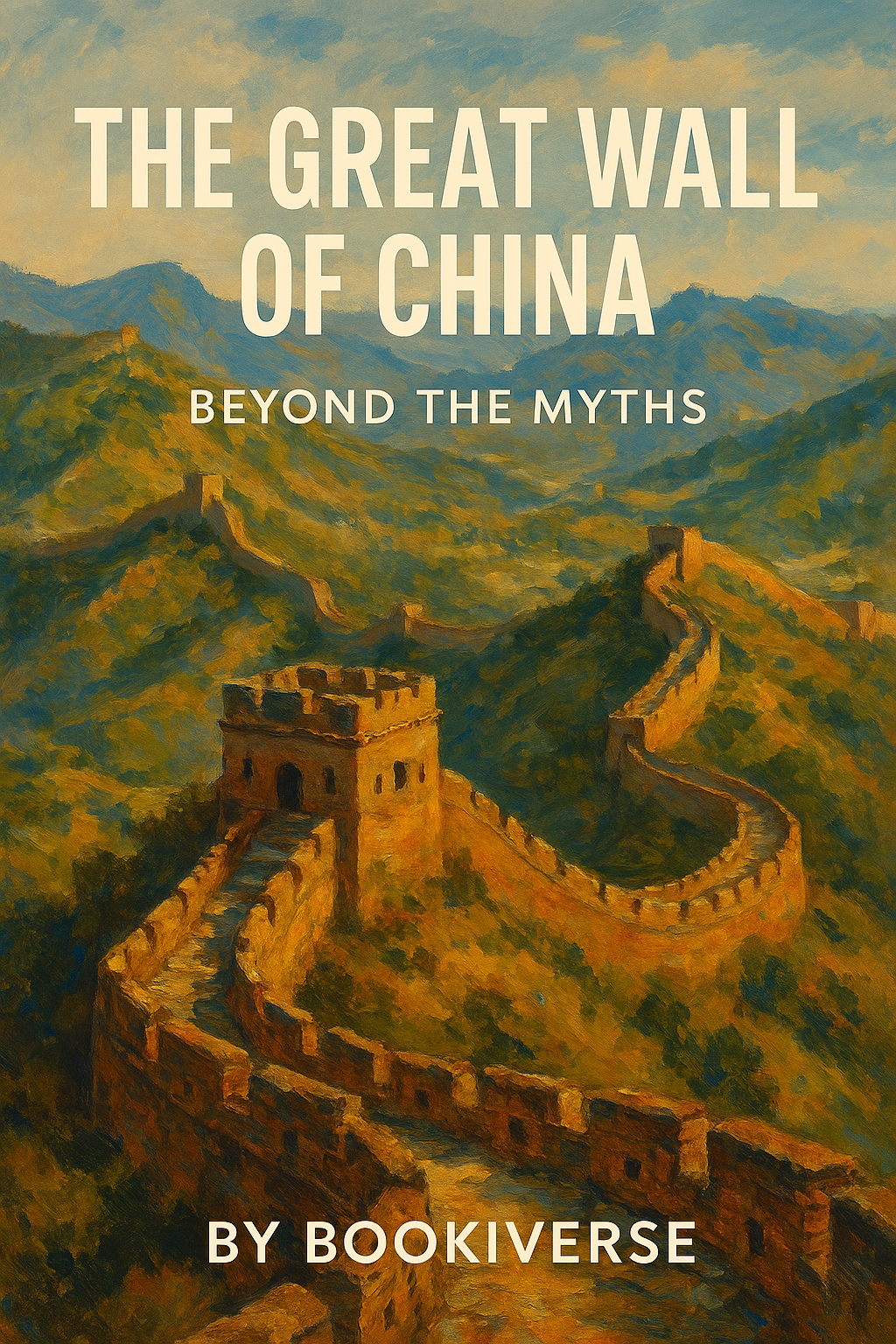Few structures capture the human imagination quite like the Great Wall of China. Snaking across mountains, deserts, and grasslands, it stands as one of the most ambitious and recognizable construction projects in human history. Mention its name, and images of a colossal stone dragon winding over dramatic landscapes likely spring to mind. But beyond its iconic status and the persistent myths surrounding it, the Great Wall is a far more complex and multifaceted entity than commonly perceived. It's not just *one* wall, but a vast system of fortifications built, rebuilt, and extended over centuries, reflecting the evolving history and anxieties of Imperial China.

CEFR C1 Level
Understand demanding texts & implicit meaning. Express ideas fluently.
The Great Wall of China: Beyond the Myths
The first crucial point to understand is that the 'Great Wall' is actually a misnomer if taken too literally. It's not a single continuous structure built all at once. Instead, it comprises a series of walls, watchtowers, fortresses, barracks, and other defensive elements constructed by different dynasties over a staggering period of more than two millennia, starting as early as the 7th century BCE. The most famous and well-preserved sections, often depicted in photographs, primarily date from the Ming Dynasty (1368–1644). Earlier sections, built using different techniques like rammed earth, are often less visually impressive but equally significant historically.
While defence against nomadic incursions from the north was undoubtedly a primary driver, the Wall's purpose was broader than simply keeping invaders out. It also functioned as a sophisticated system of border control, allowing regulation of trade along routes like the Silk Road, imposition of duties on goods, and control over immigration and emigration. The network of watchtowers facilitated rapid communication across vast distances using smoke signals by day and fire by night, enabling swift responses to threats or movements along the border. It was as much about monitoring and administration as it was about outright defence.
The sheer scale of the undertaking represents an almost unimaginable feat of human labour and logistics. Millions of workers – soldiers, peasants, prisoners – were conscripted over the centuries to toil under often brutal conditions. Construction materials varied greatly depending on the local terrain; stone was used in mountainous regions, while rammed earth and wood were employed in flatter, loess plateau areas. Transporting these materials and sustaining the workforce in remote, often inhospitable locations presented a constant challenge. The immense human cost is embedded in the very fabric of the Wall, giving rise to countless legends and poignant stories of hardship and sacrifice.
One of the most pervasive myths is that the Great Wall is the only man-made structure visible from the moon. This claim, unfortunately, holds no truth. While undeniably vast in length, the Wall is surprisingly narrow – typically only about 6-9 meters wide. Astronauts, including China's own Yang Liwei, have confirmed that it's simply not discernible from lunar distances, or even from low Earth orbit without significant magnification and ideal conditions. Its colour often blends with the surrounding landscape, making it far less conspicuous than, say, airports or highways when viewed from space. The myth likely stems more from its symbolic significance than its actual visibility.
Today, the Great Wall attracts millions of visitors annually. Experiencing it offers vastly different perspectives depending on the section visited. Popular, heavily restored sections near Beijing, like Badaling or Mutianyu, provide accessibility and impressive views but can be crowded. Venturing further afield reveals 'wild' or unrestored sections, often crumbling and overgrown, offering a more adventurous and arguably more authentic encounter with history. Hiking along these stretches provides a tangible sense of the Wall's integration with the dramatic natural landscape and the immense effort required to build it across such challenging terrain.
Beyond its physical presence, the Great Wall holds profound symbolic meaning. It represents Chinese strength, endurance, national unity, and a long history of civilization resisting external pressures. It’s a powerful cultural icon, recognized worldwide and designated a UNESCO World Heritage site in 1987. While its military effectiveness throughout history is debated by scholars, its cultural and psychological impact is undeniable. It stands as a testament to human ambition, perseverance, and the complex relationship between civilization and its perceived frontiers.
The Great Wall of China, therefore, is far more than just an ancient defensive structure. It's a sprawling historical record etched across the landscape, a monument to centuries of human endeavour, and a potent symbol of cultural identity. Understanding its true nature – as a collection of diverse fortifications built over vast stretches of time for multiple purposes – allows for a richer appreciation than the simplified myths often suggest. It remains a powerful reminder of the past, inviting contemplation on the themes of boundaries, conflict, labour, and the enduring human drive to shape the world around us.